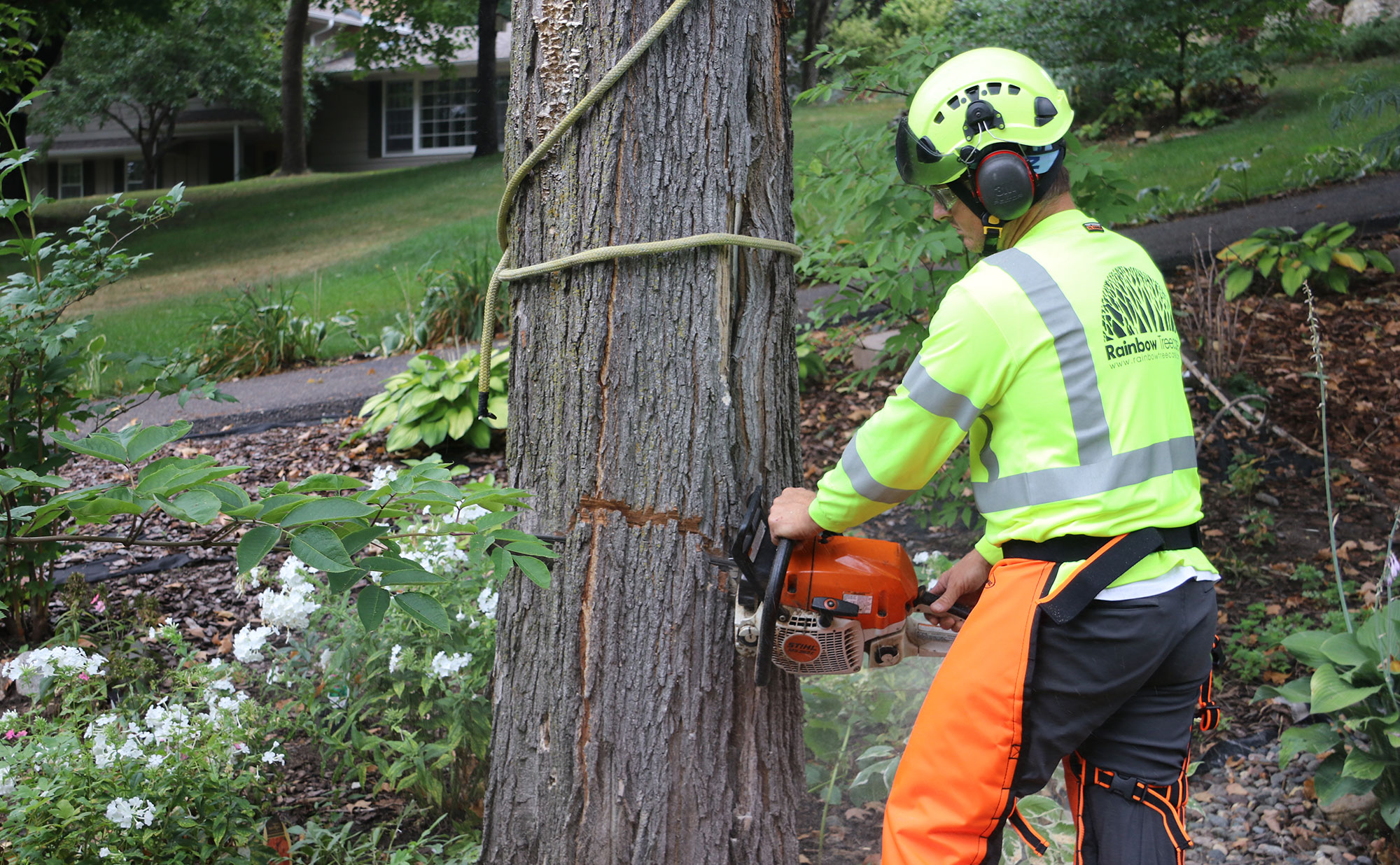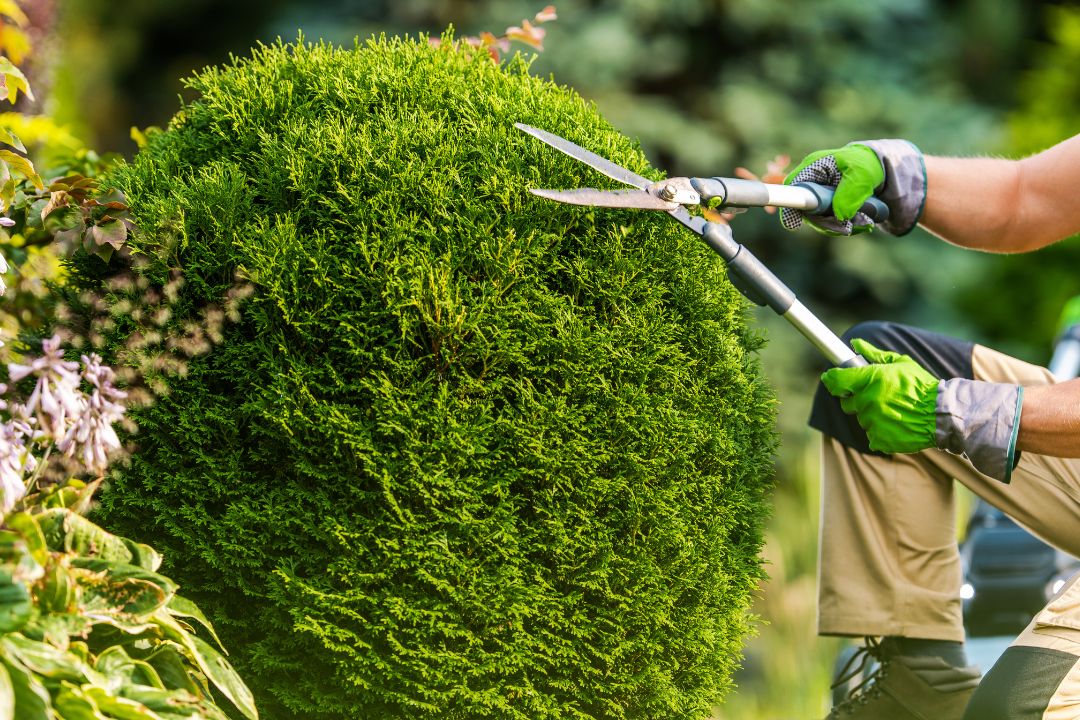All Categories
Featured
The removal of trees can create open areas that are vulnerable to weed intrusion. When trees exist, their dense canopies commonly shade the ground, restricting the amount of sunlight that gets to the dirt. Nonetheless, after the removal of trees, these open locations get increased sunlight, offering suitable problems for weed growth.

To fight weed intrusion and preserve the stability of the ground, specialists in tree removal can give valuable advice on reliable weed administration strategies. They might suggest the use of mulch, which works as a protective barrier on the soil surface, preventing weed seeds from sprouting and reducing weed development.

The presence of trees fosters a rich and varied community of soil microorganisms. Tree roots offer a resource of raw material, exudates, and nutrients that sustain the development and task of useful soil microorganisms. Nevertheless, when trees are gotten rid of, the absence of their origins can disrupt the fragile balance of the dirt's microbial ecological community.
Who Has The Best Tree Cutting Wollongong?
This adjustment in pH can influence vitamins and mineral schedule, microbial activity, and general dirt health and wellness. To address the results of tree cutting on soil pH, tree removal specialists can offer important suggestions. They may suggest soil testing to evaluate the current pH levels and establish the needed adjustments. Based on the outcomes, specialists can recommend pH adjustment approaches, such as adding lime to raise soil pH or integrating elemental sulfur to lower it.

It describes the compression of dirt bits, leading to decreased pore room and increased dirt thickness. This compaction can adversely affect the dirt's ability to operate optimally, impacting its water-holding capability, nutrition accessibility, and root infiltration. Proper strategies employed by tree elimination experts can help decrease compaction and maintain the soil's capacity to retain water, and permit adequate air flow and cautious tools handling.
Latest Posts
How Much Does It Cost To Have A Tree Removal Wollongong Area?
How Much Does It Cost To Hire A Wollongong Council Tree Removal?
What Does Tree Arborist Wollongong Cost?